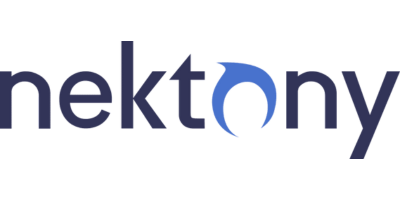Through changes
with Legal IT Group
Your trusted legal partner for navigating new markets, implementing innovative technologies, mastering complex regulations, and resolving technological disputes

About us
From legal chaos to effective systems
We specialize in building efficient legal processes, including IP asset management, protection of confidential information, GDPR compliance, and drafting high-quality contracts
-
Certified and experienced GDPR lawyers
-
IT/IP lawyers with 15+ years of experience
We specialize in technology and IP disputes -
Trademark registration and support worldwide
USA, EU, UK, Canada, Australia — everything online and professionally -
The first gig contract
Our gig contract template has become a foundation

What we do
Trending now
Current legal services for companies that are not only changing the world but also evolving themselves
From 2022 to 2024, Legal IT Group has been recognized as an established leader in the field of Information Technology
Get started
 Relevant and practical articles
Relevant and practical articles
- Data protection officer
- AI compliance officer
- Data privacy compliance
- Дія.City
- Digital Millennium copyright Act
- Торгова марка в IT
We write about what we practice
IP, GDPR, contracts and disputes, as well as the legal aspects of implementing technologies such as artificial intelligence and best practices for implementing specific legal solutions
-
- GDPR compliance, meaning, rights
GDPR and Internet of Things (IoT)
 Legal IT Group
Legal IT Group -
- Blog
Non-disclosure agreement (NDA) for tech company
 Legal IT Group
Legal IT Group -
- Blog
Service level agreement (SLA) – 5 key points
 Legal IT Group
Legal IT Group -
- Blog
Technology impact on privacy
 Legal IT Group
Legal IT Group -
- Blog
- Data privacy compliance
GDPR compliance and GDPR implementation: what is the algorithm?
 Legal IT Group
Legal IT Group -
- Blog
Personal data protection: why a Data Transfer Impact Assessment should be part of your GDPR compliance
 Legal IT Group
Legal IT Group









































